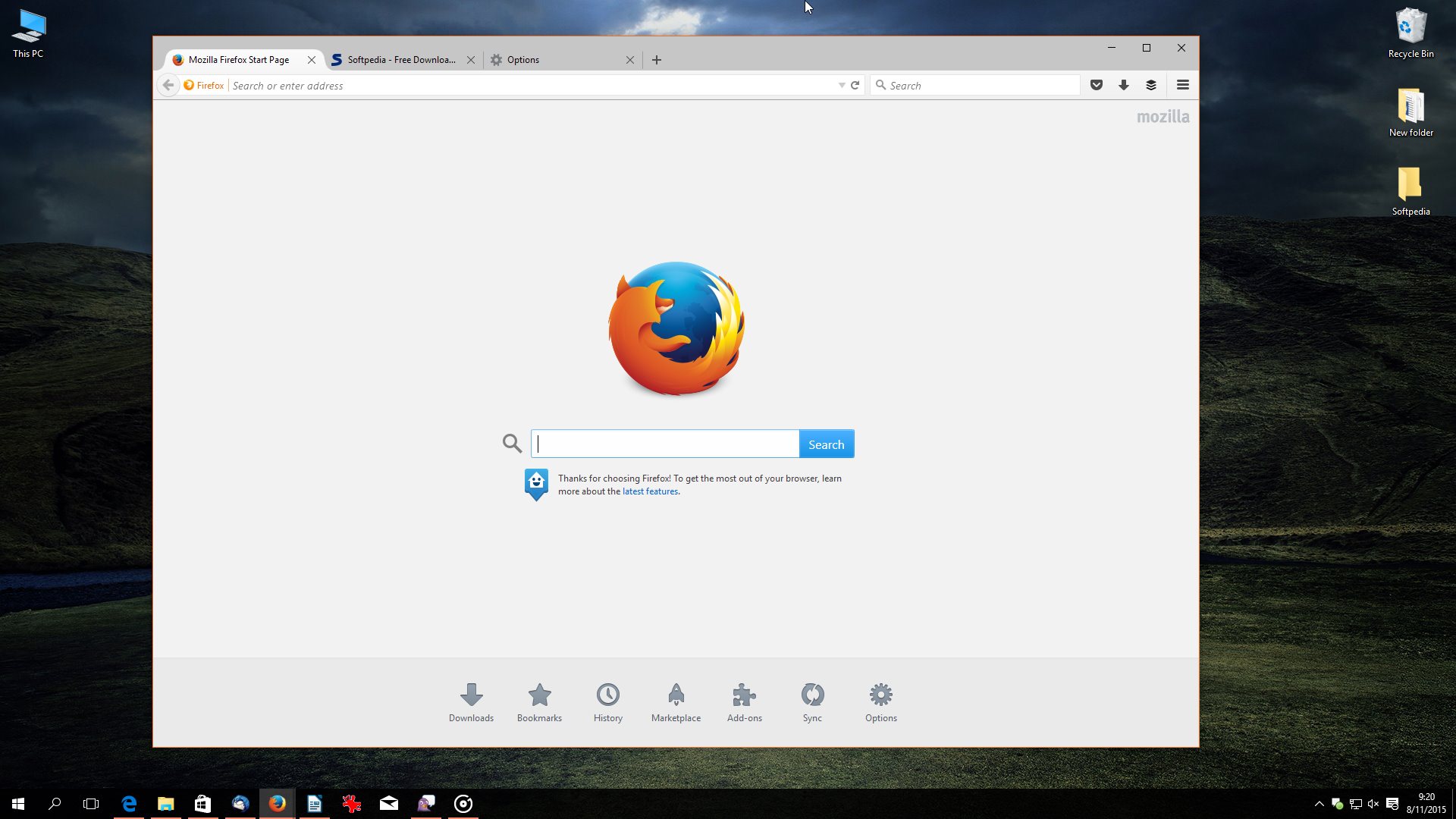

If you need to override multiple ports, separate each number with a comma (no spaces). If the parameter already exist: double-click it, then add a comma to the end of its value followed by the port number you need to allow (no spaces) and click OK.Use the search bar above to look for the following configuration parameter: .override.In the address bar, type about:config and press Enter to access the configuration page.How to disable Port Restriction on Mozilla Firefox Luckily enough, this defensive behaviour can be easily overridden: in this post we'll briefly explain how to do that. This rather extreme behaviour can be definitely viable for most users, who wont' ever need to go to web pages & services served on non-standard ports: however, it can be also crippling for those system administrator and/or experienced users who need to access to local web services, proxies and/or management interfaces installed on their server machines, which often make use of non-standard ports to let the HTTP/HTTPS channels free.


Firefox has canceled the request for your protection. This address uses a network port which is normally used for purposes other than Web browsing. Among the various security limitations added on the latest releases there is a "network port ban" feature which prevents the user - even on his own will - to open a web page using a TCP port different from the standard ones (80 for HTTP, 443 for HTTPS).įor this very reason, if you try to browse with Mozilla Firefox to an address like (for example) 127.0.0.1:6000, you'll get the following message: Mozilla Firefox is definitely a great browser and the developers community put a lot of effort on the security aspects, preventing malicious software and/or attackers from doing any harm to their users.


 0 kommentar(er)
0 kommentar(er)
